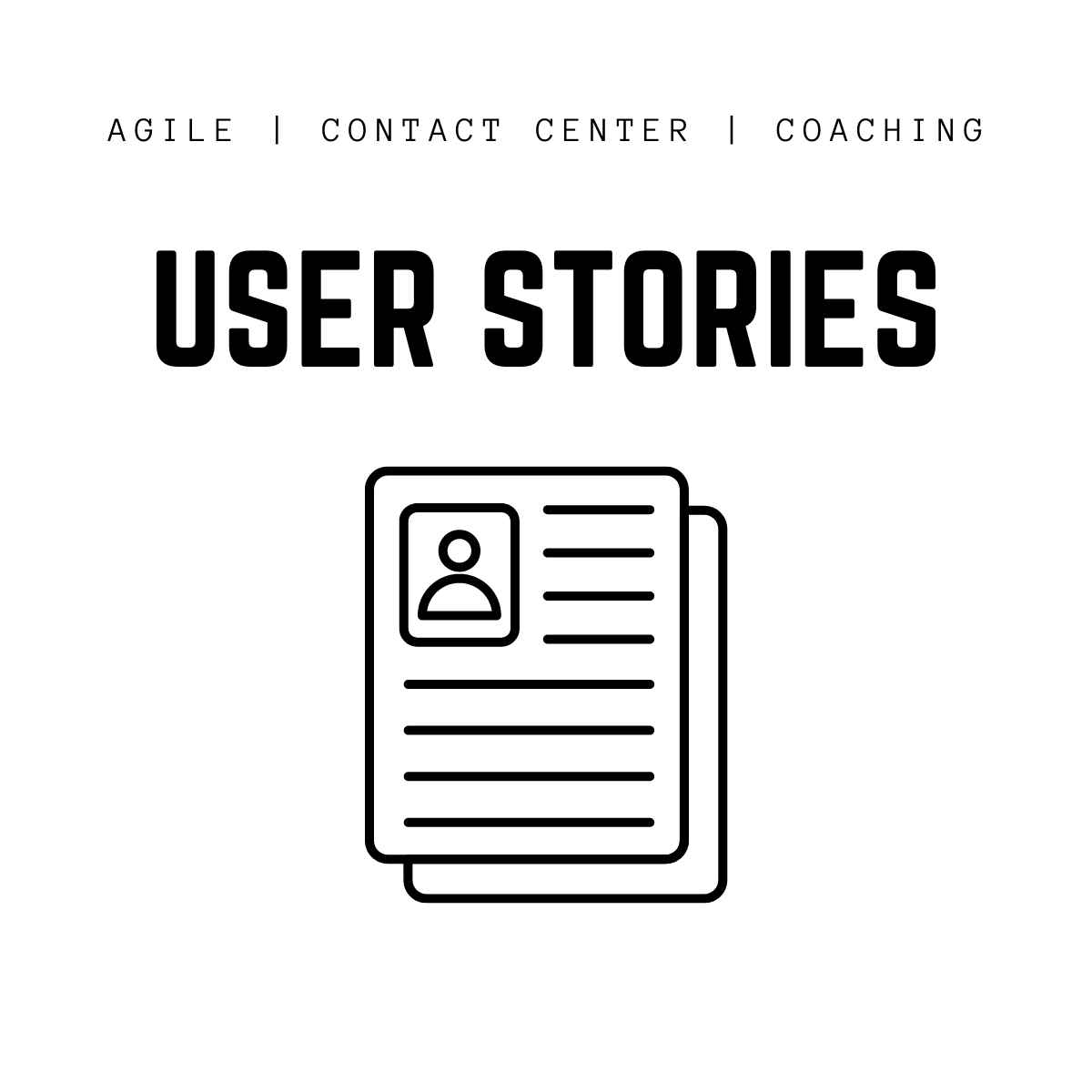In the world of software development, user stories have become a staple of Agile methodologies. These short, simple descriptions of a user's need, framed from the user's perspective, provide development teams with a clear understanding of who the user is, what they want, and why they want it.
When implemented in the context of a contact center, user stories can serve as a powerful tool to bridge the gap between operational processes and genuine customer needs.
Understanding User Stories in the Contact Center
In a contact center, the term "user" applies to both the customer reaching out for support and the agent providing that support. Thus, creating user stories involves understanding the needs of both these stakeholders.
For example:
Customer Perspective: "As a customer, I want to quickly connect with a knowledgeable agent so that I can resolve my product issue without waiting for long durations."
Agent Perspective: "As a contact center agent, I need a unified customer database, so I can easily access all the information about a caller and resolve their issue efficiently."
♥️ Benefits of Implementing User Stories
Enhanced Customer Experience: By focusing on real user needs, contact centers can design processes that cater directly to what customers genuinely want, improving overall satisfaction rates.
Streamlined Operational Efficiency: User stories can help identify redundancies in existing processes. By understanding the actual needs of agents, systems can be optimized for better performance.
Improved Training Modules: User stories from the agent's perspective can provide insights into the challenges they face daily. Training modules can then be designed to address these specific pain points.
Iterative Feedback: Much like in Agile software development, user stories in contact centers can be continuously refined based on feedback. This iterative approach ensures that processes are always aligned with evolving customer needs.
How to Create Contact Center User Stories❓
1. Empathy Interviews: Conduct interviews with customers and agents. Dive deep into their experiences, challenges, and needs.
2. Collaborative Workshops: Engage in group sessions with stakeholders, including frontline agents, managers, and even customers if possible. Collaboratively brainstorm and draft user stories.
3. Prioritize and Categorize: Not all user stories will have the same weight. Prioritize them based on factors like frequency, impact, and feasibility.
4. Implement and Review: Integrate user stories into the contact center's operational framework. Regularly review and refine them based on real-world outcomes and feedback.
5. Foster a Culture of Continuous Feedback: Encourage agents and customers to continuously provide feedback on their experiences. This will ensure that user stories remain relevant and up-to-date.
Conclusion ⚡
Incorporating user stories into the contact center environment is more than just an Agile exercise. It's a commitment to truly understanding and addressing the needs of customers and agents. In an era where customer experience is a key differentiator, designing for real needs isn't just beneficial—it's essential.




